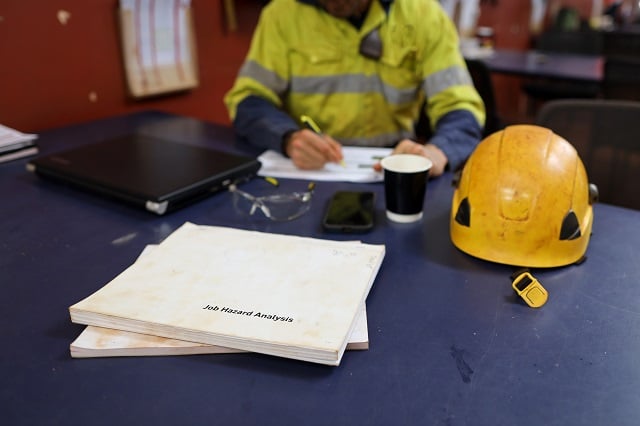JSHA vs FLHA – Part 3
We have learned about JSHA’s and the hierarchy of controls used to make them. Now let’s get into what’s expected from the employee. FLHA stands for Field Level Hazard Assessment. This is to be completed by the worker. It’s pretty self-explanatory, it’s to be filled out at field level, meaning right where you are working. A fab tent, the high line or a ditch, they all have specific hazards that only apply to them. A FLHA ensures that all workers know the hazards involved in their task. They have been a part of identifying hazards that directly affect them. They also need to know the steps to eliminate or mitigate each of those hazards. They can then add the additional hazards that they have identified at the field level, also outlining the controls needed to eliminate or reduce the hazard. These need to be filled out every time a factor in the task changes. A new worker joins the task or the job location changes. Even if everything’s the same as yesterday, you still need to do one every morning before you start and go over it after each break. There are always changes, weather changes, night/day crews in the area, other companies coming through, there are endless possibilities of what you may have missed. Also, it never hurts to go over the hazards again and stay fresh.
No matter what these forms are called, it is imperative that they are done. Will it be the highlight of your day? Probably not. But getting injured at work doesn’t sound like a skip in the park either. The 15 (boring) minutes you may spend filling one out, will give you a better understanding of exactly what is needed of you and your co-workers so everyone makes it home safe… Every night. If you work for an employer that is not doing this, You need to speak up, it’s for your own safety and bottom line… It’s legislated.
To learn even more about this topic head to our site and take our ABCS Hazard Assessment training course. It will provide you with some great tools for your safety belt and best of all… it’s free for limited time!










